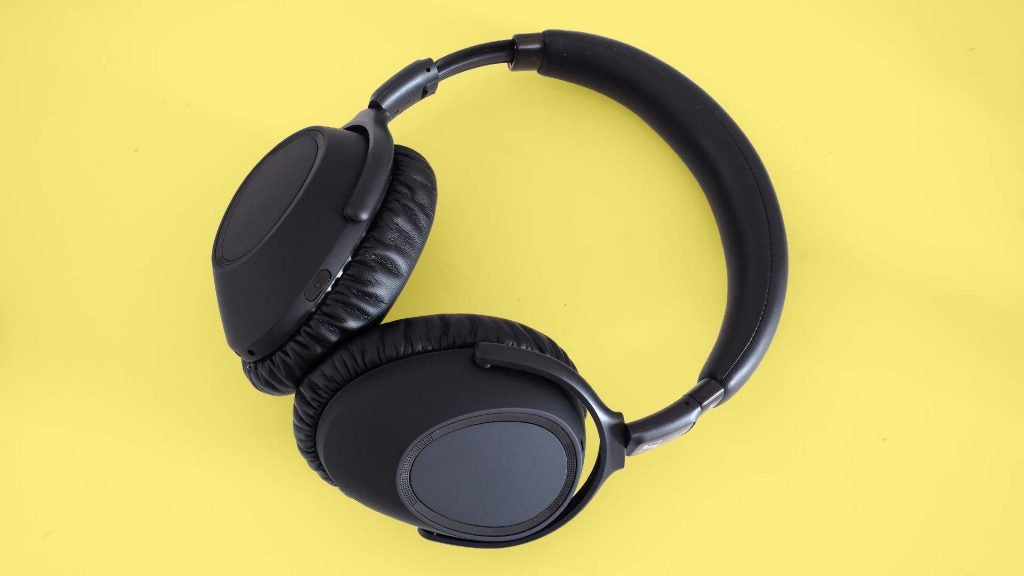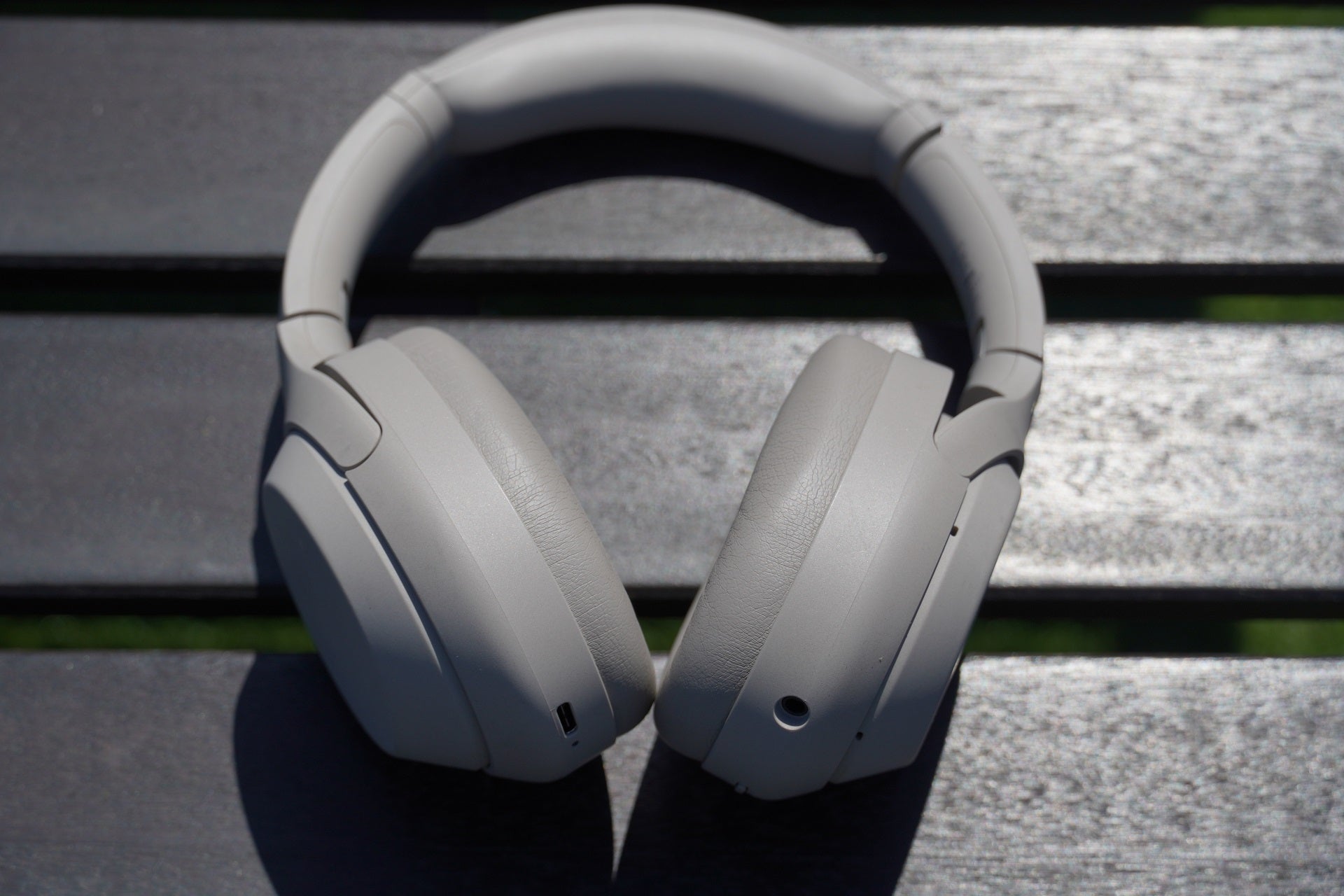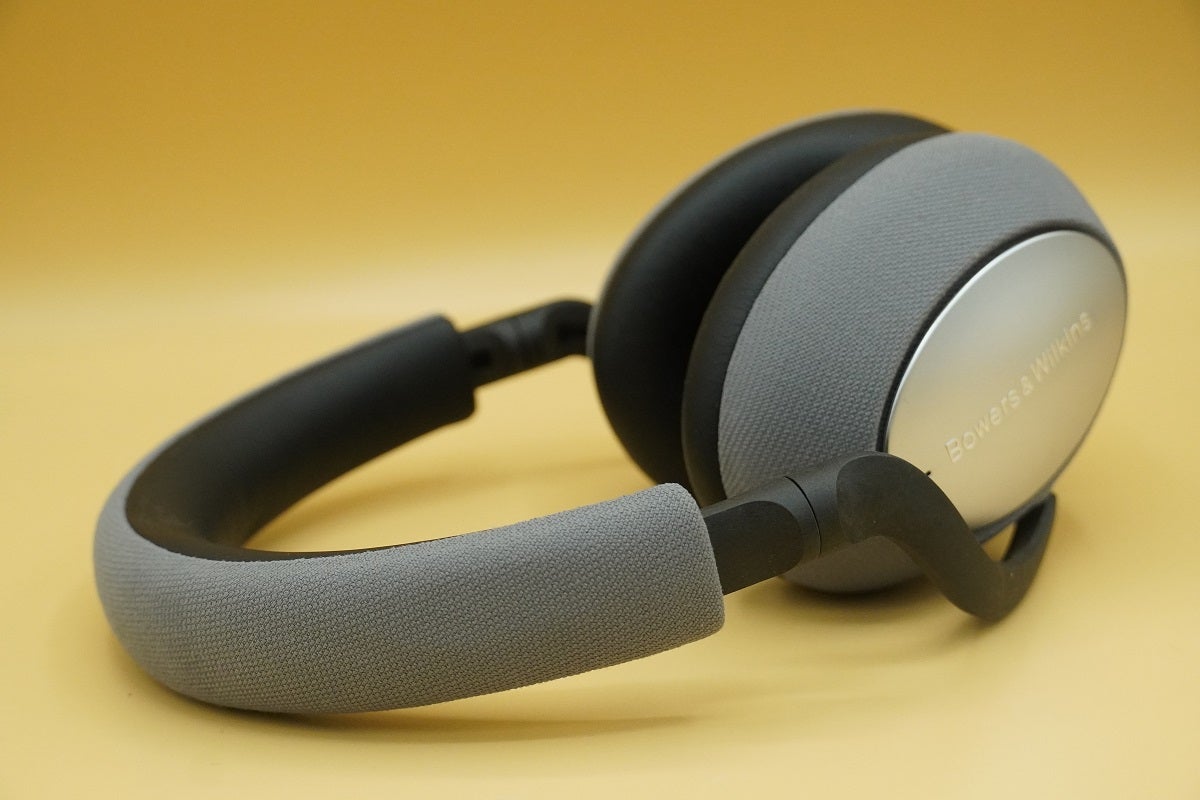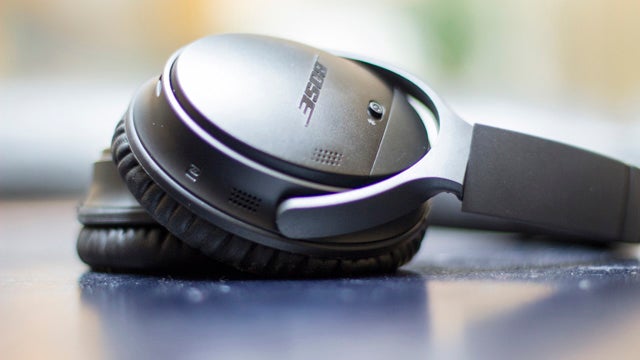Sennheiser PXC 550-II Wireless Review
Good all-round headphones with active noise cancellation
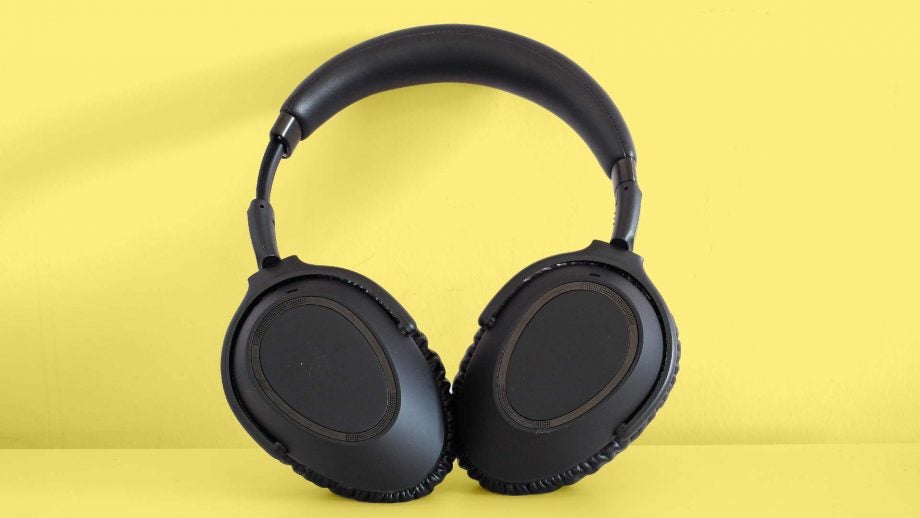

Verdict
The Sennheiser PXC 550-II are fantastic headphones with ANC. They miss out on a full-throated recommendation only because of the strength of rival units from Sony, Bose and Bowers & Wilkins. Boasting a clean, grown-up sound with relatively accurate bass plus effective noise cancellation, these headphones are definitely worth a look
Pros
- Clean and clear sound
- Large, comfortable pads
- Effective noise cancellation
Cons
- Bose and Sony ANC is better
- Power slider clicks during runs
- Slight BT lag
- Mild treble sibilance, and less rich mids than some
Availability
- UKRRP: £299
- USARRP: $349
- EuropeRRP: €349
- CanadaRRP: CA$549
- AustraliaRRP: AU$549
Key Features
- aptX, SBC, AAC
- Active noise cancellation
- Bluetooth 5.0
Introduction
The PXC 550-II Wireless are the Sennheiser alternative to the Bose QuietComfort 35 II. Coming with active noise cancellation, these headphones also offer super-luxurious ear pads that look to promise comfort over long periods of wear.
I reviewed the original PXC 550 back in 2016. This new version sees an upgrade to Bluetooth 5.0, with low-latency aptX, and support for your phone’s digital assistant.
However, this series’ noise cancellation wasn’t the best around in 2016 – and it doesn’t appear to have radically improved in the Sennheiser PXC 550-II Wireless. These headphones are very good, but not quite as compelling as the Sony WH-1000XM3 or Bose QuietComfort QC35 II.
Price and availability
The Sennheiser PCX 550-II Wireless were released in 2019. At the time of review they were £249, and have since fallen to £199.
Design
- Thick, cushiony ear pads
- Suitable for all day wear
- Foldable design
The Sennheiser PXC 550-II Wireless are classy full-sized headphones. They sport all-black colouring, and until you get super-close, you wouldn’t even know they were Sennheiser units. All logos here are small and neat, which should appeal to those who prefer more laid-back styling. Their look is more grown-up.
These headphones also appear to have been built with long transatlantic flights in mind. They feature thick, cushiony ear pads that are covered with high-quality synthetic leather. The space for your ears inside them is unusually large.
This is especially important for wear over long periods. Any pressure put on your ear cartilage can result in ache after an hour or so. I did experience a degree of this with the Sennheiser PXC 550-II Wireless, but this was in large down to the fact that I hadn’t adjusted the fit well enough. Like the QuietComfort 35 II, the Sennheiser PXC 550-II Wireless are suitably for all-day wear.
Build quality, too, is impressive. The Sennheiser PXC 550-II Wireless do feature any outer aluminium parts, but the cups’ soft-touch plastic feels good and there’s no creaking as you walk around with them in place.
The sport a foldable design, too, which they comfortably fit inside the small case included. They also come with an airplane adapter, should you find yourself travelling in a truly ancient plane, and a cable for listening when the battery runs out.
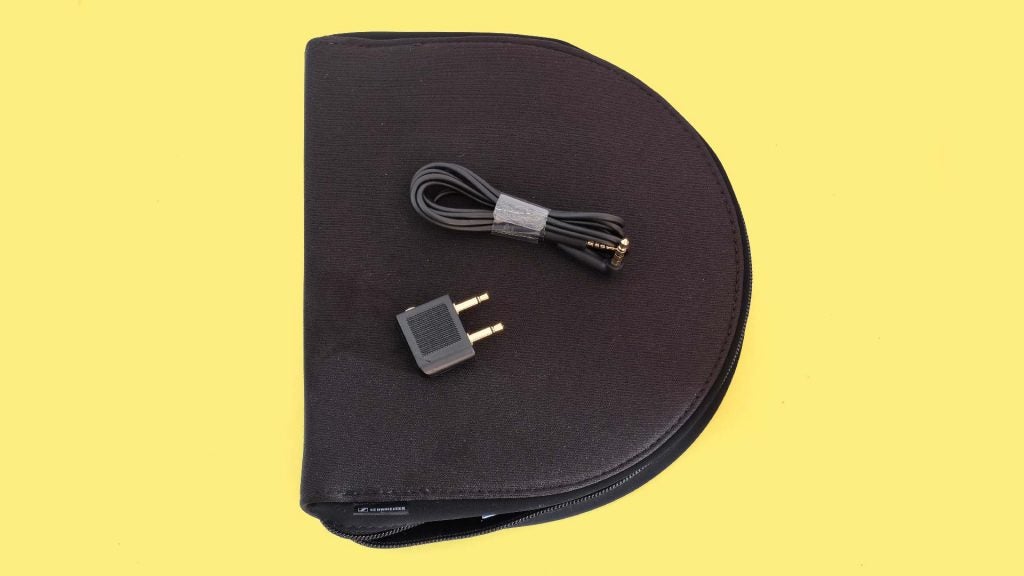
I don’t recommend the Sennheiser PXC 550-II Wireless for running, however – and for an unusual reason. These headphones are of course comfortable, and remain glued to your head just fine with movement. However, the motion causes the control slider on the right cup to click lightly with each stride. It sounds like a couple of dice clacking into each other. And while the sound isn’t loud, it’s a little distracting.
Features
- Frustration free touch controls
- Adaptive noise cancellation
- 20 hours battery (when used wirelessly)
The Sennheiser PXC 550-II Wireless have a traditionalist sensibility next to the Sony WH-1000XM3, but not in their use of tech. They include touch controls rather than buttons: the outer panel of the right cup is touch-sensitive and, thankfully, uses familiar gestures.
You swipe up and down to change the volume, tap once to play/pause. Left and right swipes switch tracks and a quick double-tap toggles the ambient mode. This uses the external mics to let in outside sound, so you can hear what’s going on around you. It’s perfect for announcements on planes and trains.
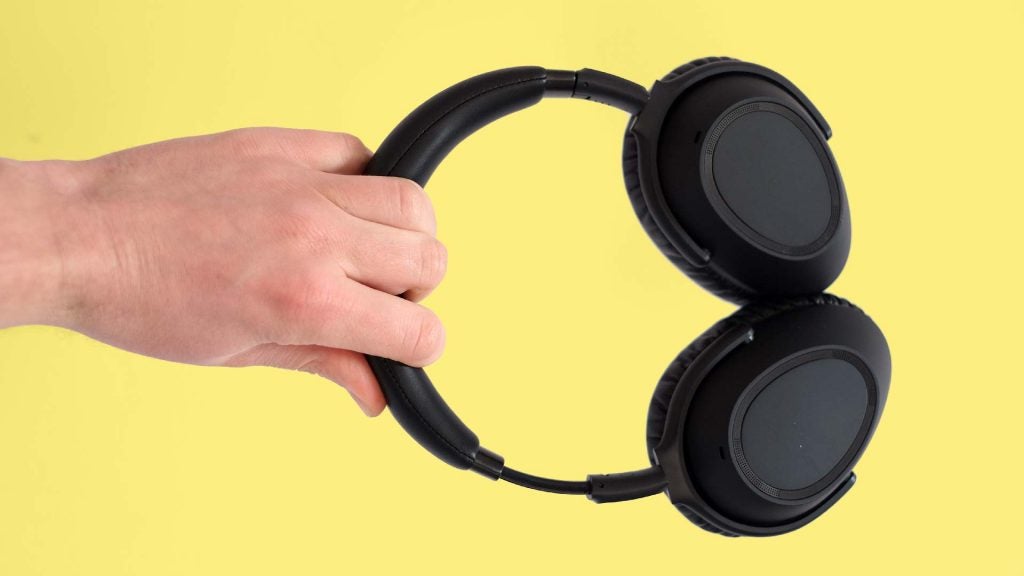
Gesture controls can be annoying, and aren’t as reliable as classic buttons. However, the controls that feature here are largely frustration-free.
The Sennheiser PXC 550-II Wireless aren’t completely devoid of physical controls, though. There’s a power button, and it doubles as a way to connect with Amazon Alexa.
Install the Alexa app on your phone and you can talk to this assistant as you would an Amazon Echo speaker. Plus, it avoids you having to say “Alexa” while wandering around the supermarket.
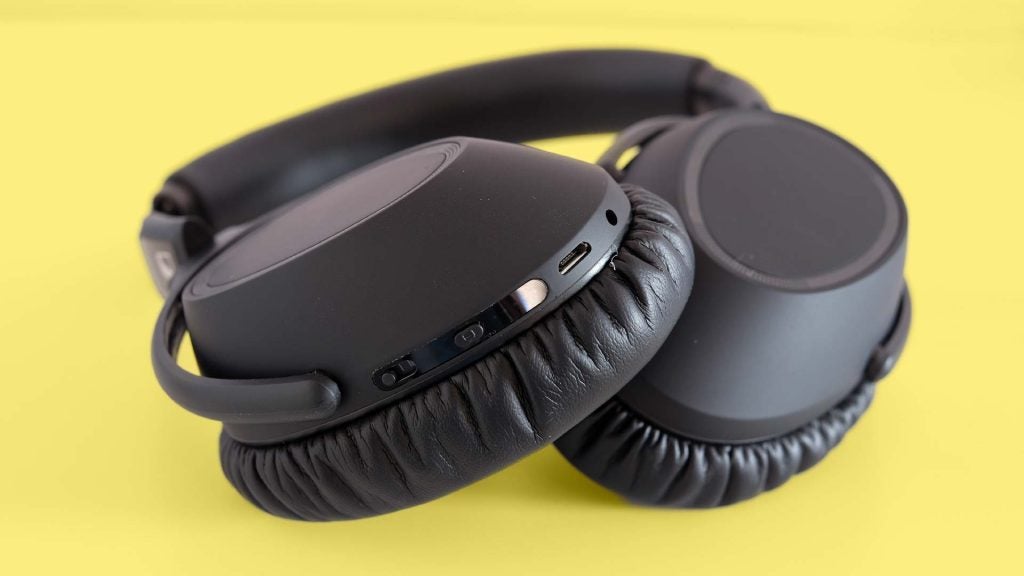
There’s also a three-way switch for active noise cancellation. You flick it up one notch and it uses an Adaptive mode, altering the strength of ANC to suit the environment. The max setting removes more noise in most situations, with a slightly increased (but still only very slight) noise bed.
Install the Sennheiser Smart Control app on your phone and you can also use an anti-wind ANC mode. All noise cancellation headphones suffer from wind noise to some extent, as air blows around the pinhole mics; this mode attempts to minimise it.
So how good is the active noise cancellation here? It’s great, particularly if you haven’t tried any of Bose’s top pairs or the Sony WH-1000XM series headphones from the past few years. Engine noise is largely removed; suddenly, passing petrol cars sound more like electric models.
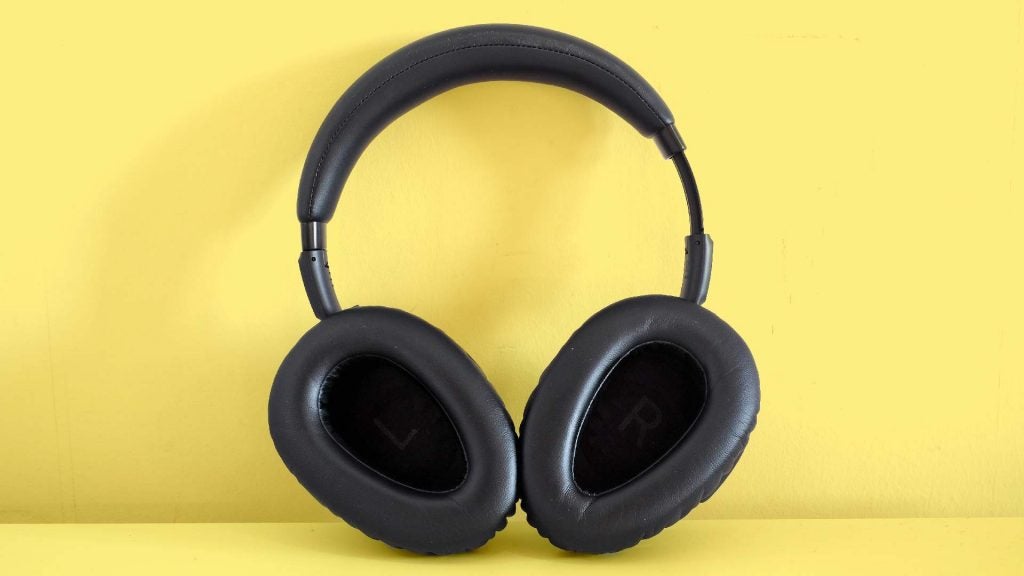
However, the Bose QuietComfort 35 II and Sony WH-1000XM3 are better, removing more noise. They isolate you from the sonic stress of loud offices and pubs more effectively. The Sennheiser PXC 550-II Wireless do enough to satisfy, but their ANC falls short of being best-in-class.
I also heard a few anomalies during testing. On the bus, some very low-frequency noise phased in and out – like water lapping over a dam. On a few occasions I heard pops through one side of the headphones, presumably caused by attempts to offset footfall vibration. Sennheiser’s ANC can be overwhelmed by sudden increases in low-frequency noise.
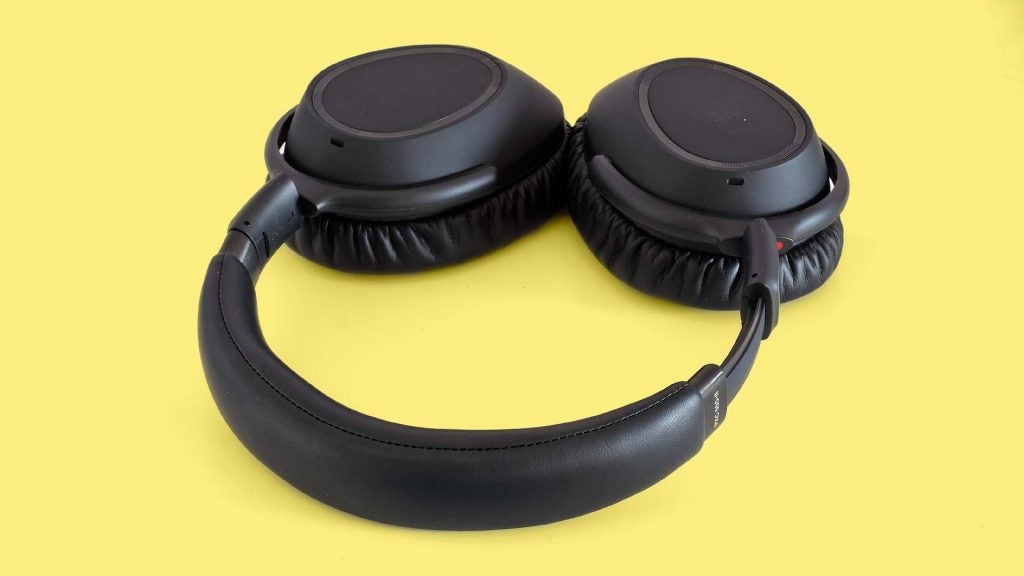
The battery on these headphones lasts for up to 20 hours used wirelessly, or 30 hours when you plug in the cable. Charging is fairly slow, however. An emergency charge doesn’t seem to get you all that much playtime. A full charge takes three hours. The Sennheiser PXC 550-II Wireless lag behind rivals in this regard; quick charging is now fairly common. They also use a dated micro-USB connector. The majority of new headphones have made the switch to USB-C.
In addition, Bluetooth transmission suffers slight lag. You’ll notice it if watching Netflix, with lip movements just slightly off. The Sennheiser PXC 550-II Wireless do support aptX Low Latency (LL), designed to fix this issue, but it isn’t typically available in phones.
Sound quality
- Clean and clear sound
- Brighter than the average headphone
- Good mid-range detail
The PXC 550-II sound is completely different to that of Sennheiser’s cousins: the Momentum series. Those headphones are known for their powerful, fun sub-bass and rich mid-range. The Sennheiser PXC 550-II Wireless sound is lighter.
Bass is deep and assured, but doesn’t display the weight of the flagship Momentum pair. Some will interpret this as “less fun”, but the approach is closer to neutral. While there’s no chance of the low-end getting in the way, the Sennheiser PXC 550-II Wireless aren’t bass-light as a result.
These headphones sound clean and clear – which isn’t an undesirable defining character to have. These headphones arguably don’t need the weight of the non-ANC Momentum models. One of the best excuses for adding supplementary bass and low-mid weight to a street headphone is to help them contend with ambient noise. Good ANC takes that out of the equation.
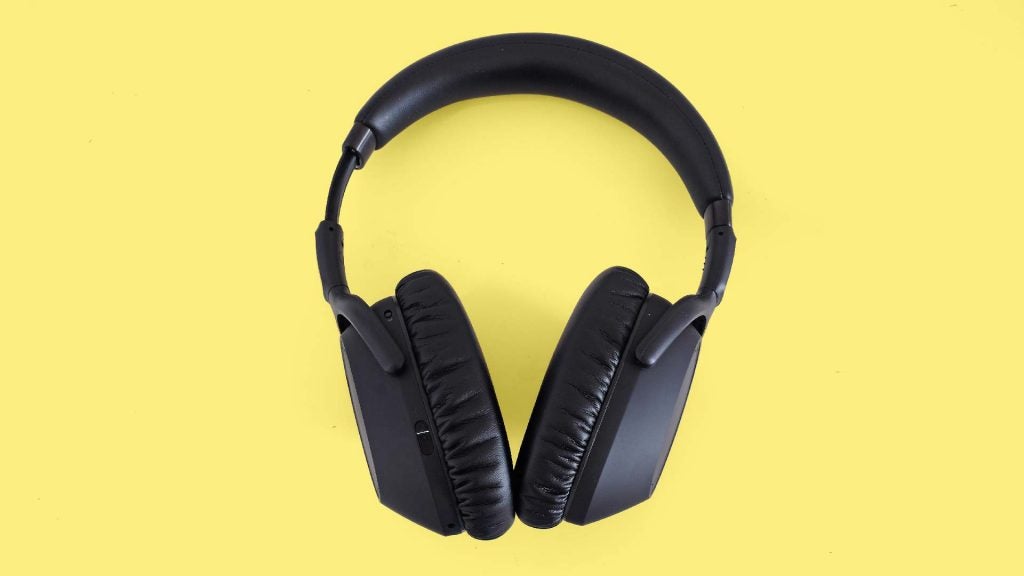
Listen to the Sennheiser PXC 550-II Wireless in a quiet room alongside the Momentums or other slightly weightier-sounding headphones and you’ll appreciate what a little more mid-range substance offers, though. The Sennheiser PXC 550-II Wireless aren’t class-leaders at delivering low-register male vocals with weight and gravitas. However, unlike less capable headphones, they don’t lack mid-range detail.
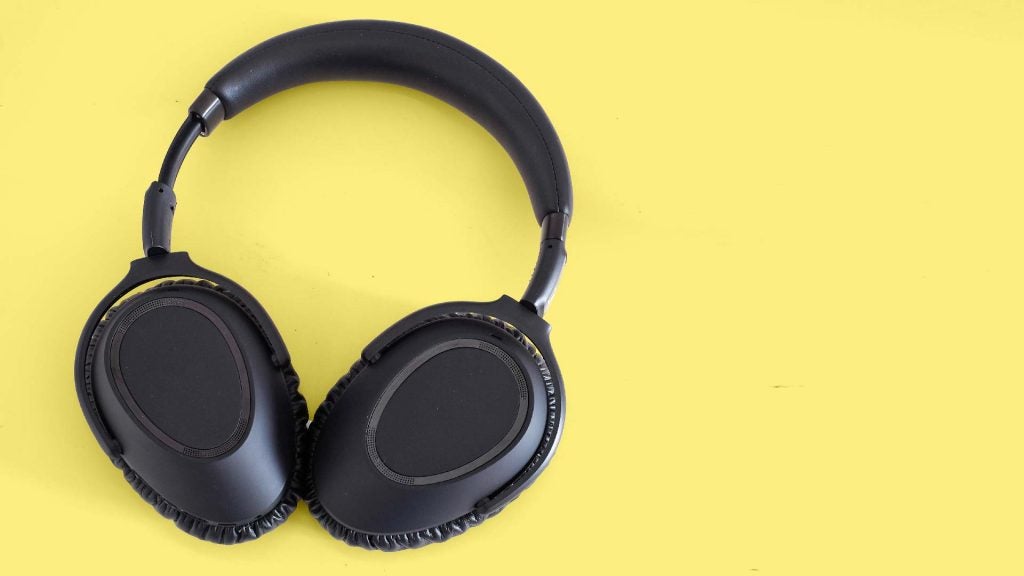
Rather, pronounced treble shifts the textural focus higher up. These are, for Sennheiser, brighter than average headphones. The treble does invite light sibilance and can make splashy cymbals slightly more challenging than you’d hear through the Momentums, the Bose QuietComfort 35 II or Sony WH-1000XM3.
However, I haven’t noticed this hardening of the upper-end of the sound as much as I did with the 2016 original. Sennheiser may have tweaked the tuning to improve this, or it could simply be the result of optimised noise cancellation, which can have all sorts of effects on tone.
Should you buy it?
You’re after a pair for travel From the large earcups to the overall good comfort levels, these Sennheisers mark themselves out as a pair for travel.
Better noise cancellation Their noise cancellation is effective, but not the best around. And there are some minor issues such as ANC footfall pops and controller clicks during runs.
Verdict
The Sennheiser PXC 550-II are fantastic headphones with ANC. They miss out on a full-throated recommendation only because of the strength of rival units from Sony, Bose and Bowers & Wilkins. Boasting a clean, grown-up sound with relatively accurate bass plus effective noise cancellation, these headphones are definitely worth a look.
How we test
FAQs
Yes, the Sennheiser PXC 550-II support active noise cancellation.
The Sennheiser PXC 550-II have a total battery life of 20 hours with Bluetooth, or 30 hours wired.
The Sennheiser PXC 550-II can be controlled using your smartphone’s voice assistant. The headphones also support Amazon’s Alexa using the Alexa app.

